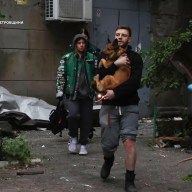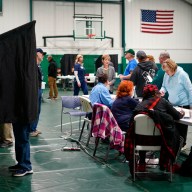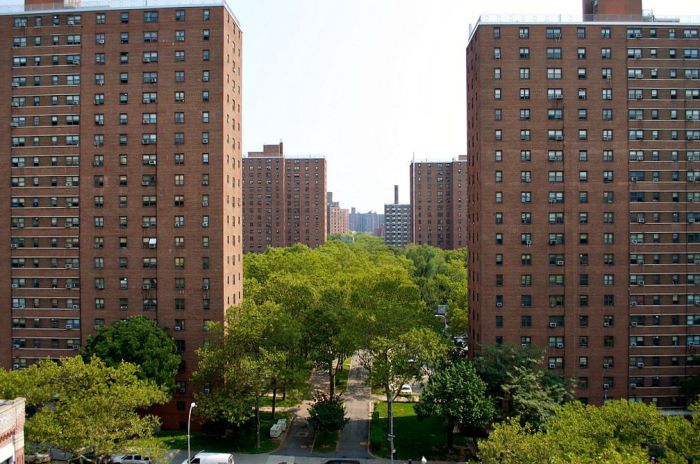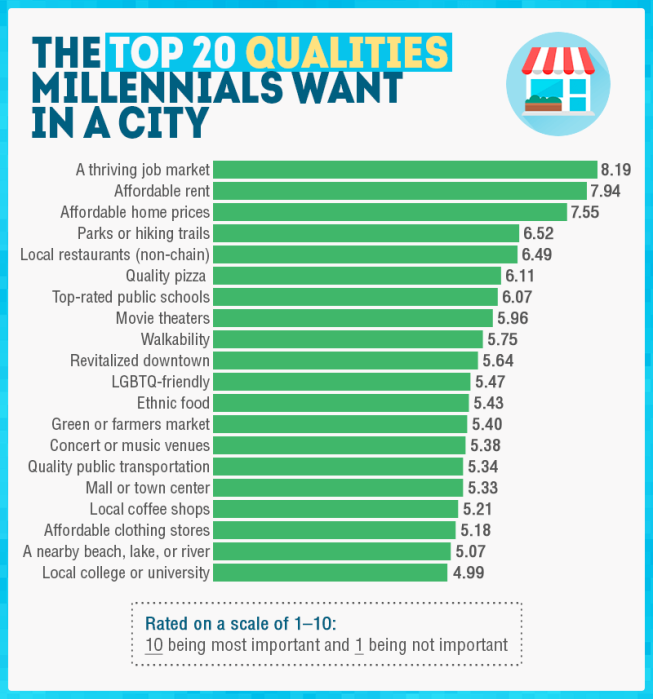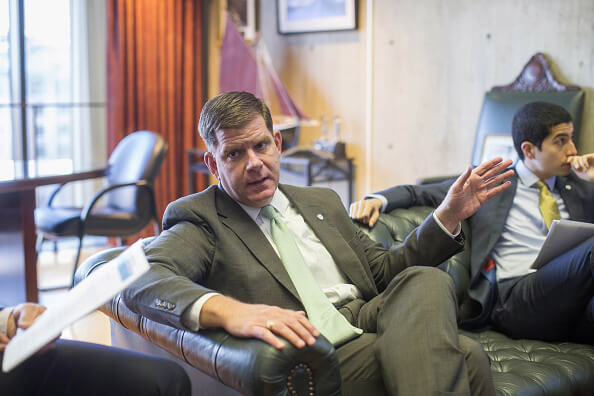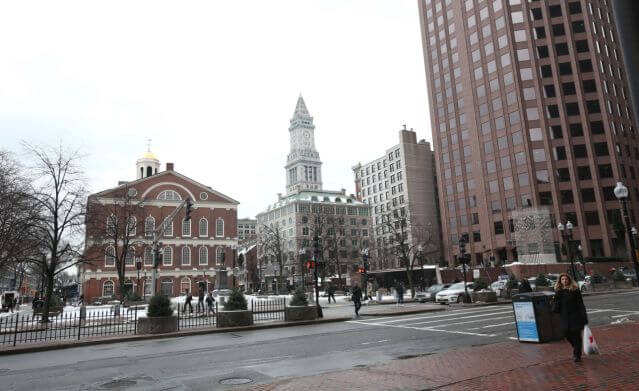The black and white photographs of men and women (and cats and dogs) were taken in a very long-gone New York City, when lots on the Lower East Side and East Village were vacant, and makeshift homes were set up along the rivers and in old railroad tunnels. But Margaret Morton knows them all by name, and where they ended up. Some have died, others are living in affordable housing or city shelters or have simply vanished. “The tunnels are part of the mythology of New York,” said Morton, standing in the Leica Gallery, surrounded by her photos that show Vietnam Veterans living along the East River, a woman and her cats in a subterranean tunnel, gardens made of rocks and other found objectsand a man overlooking a fish pond he builton the Lower East Side. Morton, who teaches in the School of Art at The Cooper Union, has an retrospective exhibition at the Leica Gallery that opens on Friday of her photographs of New York’s homeless from 1989 through 1997. Morton has published several books on on New York’s homeless, and spent years visiting locations such as the Hudson Railroad Tunnel from 72nd to 125th Streets, and Tompkins Square Park multiple times a week. “So many people have come to New York who weren’t here during that time, I think it would be very interesting for them to see how quickly things have changed, and also what got erased in the process,” said Morton of the show. “People in Tompkins Square Park are now walking their pedigree dogs.” She started out interested in the architectural aspects of the structures — someone who doesn’t have a home building their own dwelling from scratch — then started started doing oral histories with the people she met and who started telling them her stories. “These people lived in communities, and they had a sense of security, they could go out of the camp all day and know that your neighbor was watching your home,” Morton said. “Now they have to be on the move all the time, you can’t be in a group … they stopped allowing them to build these structure when Giuliani took office.” Morton’s retrospective comes as New York City’s homeless population reaches 60,000, according to the most recent numbers available from the Coalition for the Homeless, the highest rate since the Great Depression.Numbers from the New York City Department of Homeless Services show 56,137 New Yorkers spent Wednesday night in a city shelter. Mayor Bill de Blasio’s 2016 budget finalized earlier this week included $1.5 million to end veteran homelessness, and $750,000 in affordable housing to seniors.
“I don’t like to sound like I think homeless people should be living in houses they built themselves with no running water, plumbing or refrigeration, but I certainly am an advocatefor affordable housing and supportive housing so they can get a start. It’s never too late for that.” When asked if she was photographing New York’s homeless today, Morton said she’d be interested in focusing on women and children staying in city shelters who are not usually seen on the streets. She said the city has changed so much that she wouldn’t have the same gardens and tent cities to shoot, and that she believes today’s economy and vanishing middle class has more to do with homelessness than ever before. “We’ll see,” Morton said. “It was one of the mayor’s campaign promises.”







